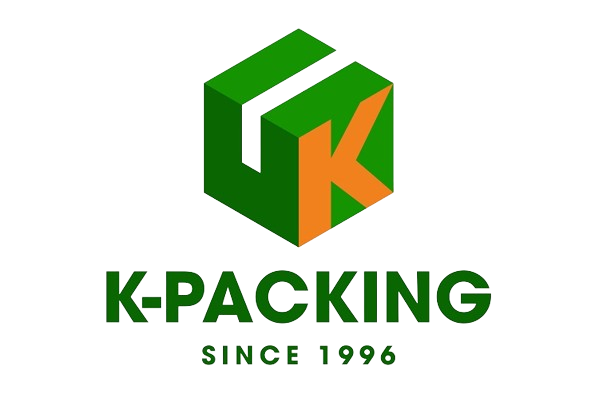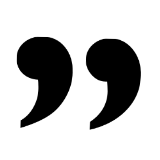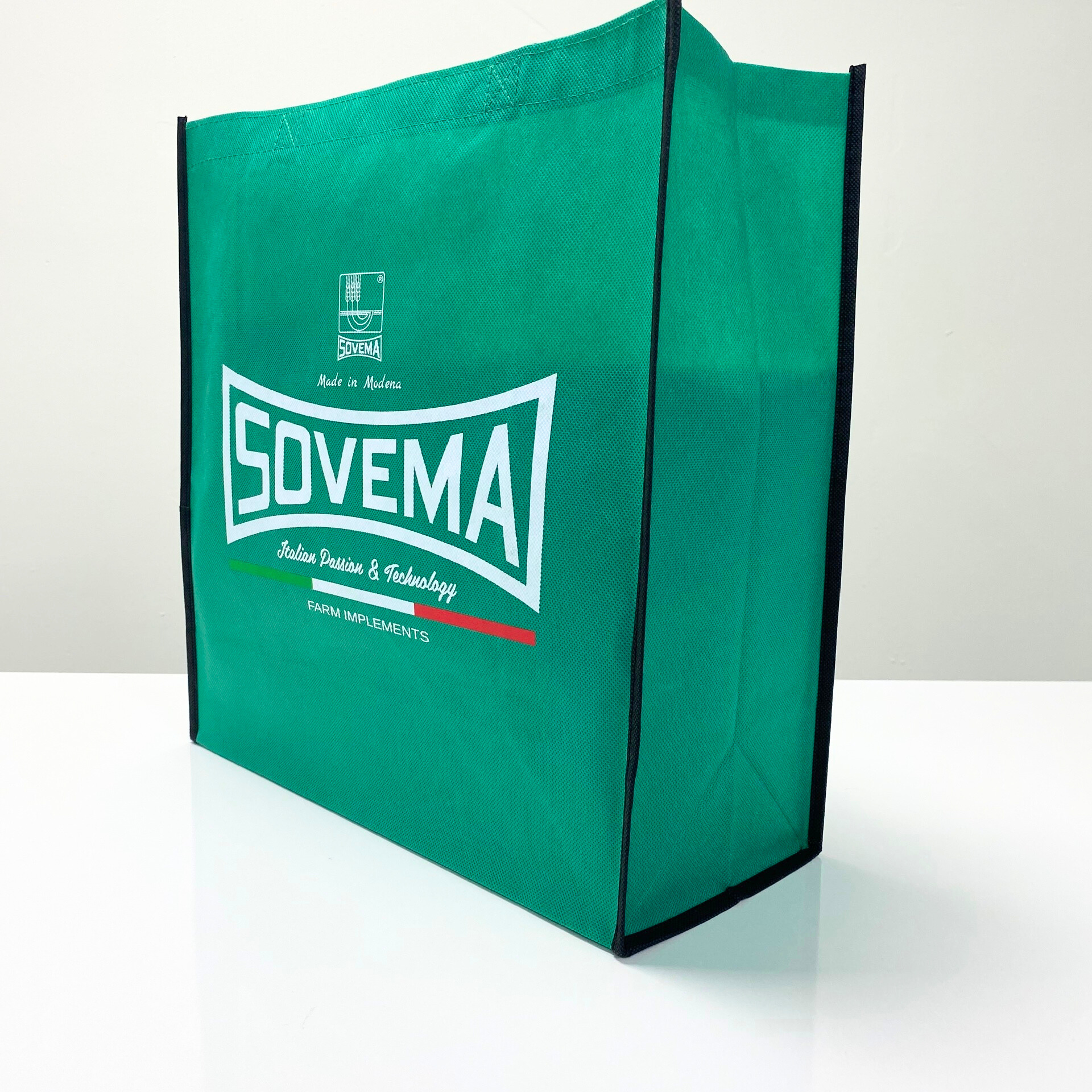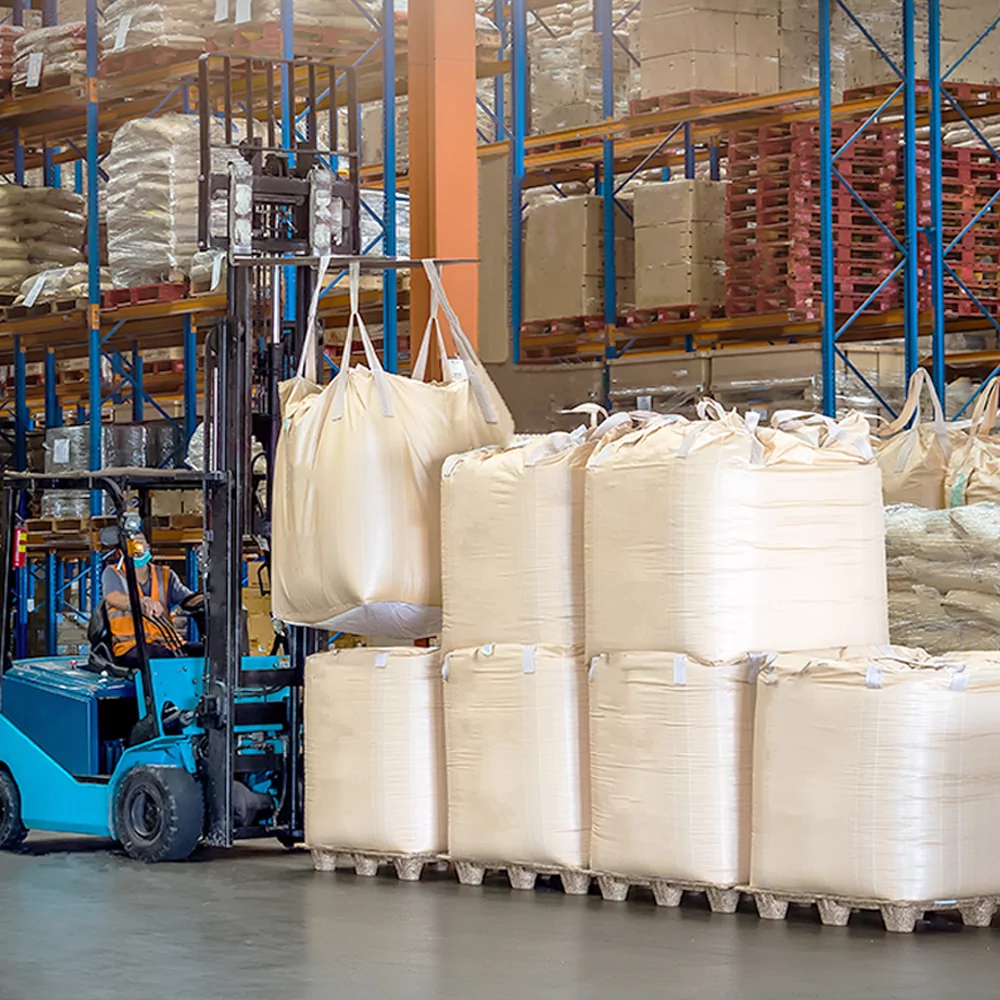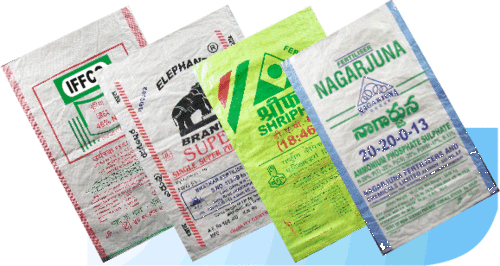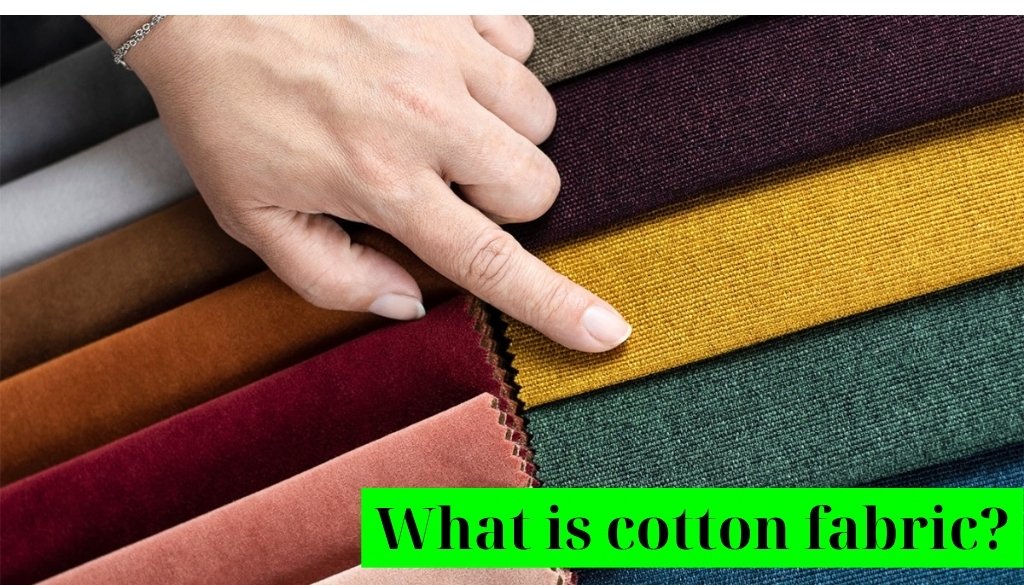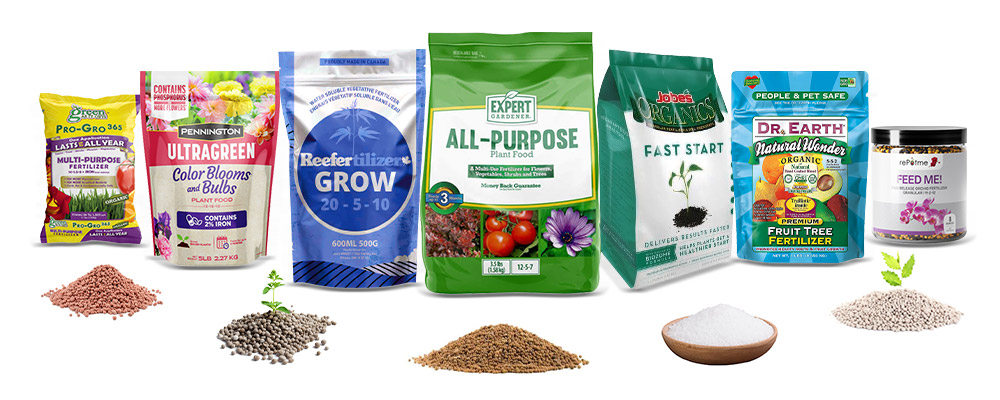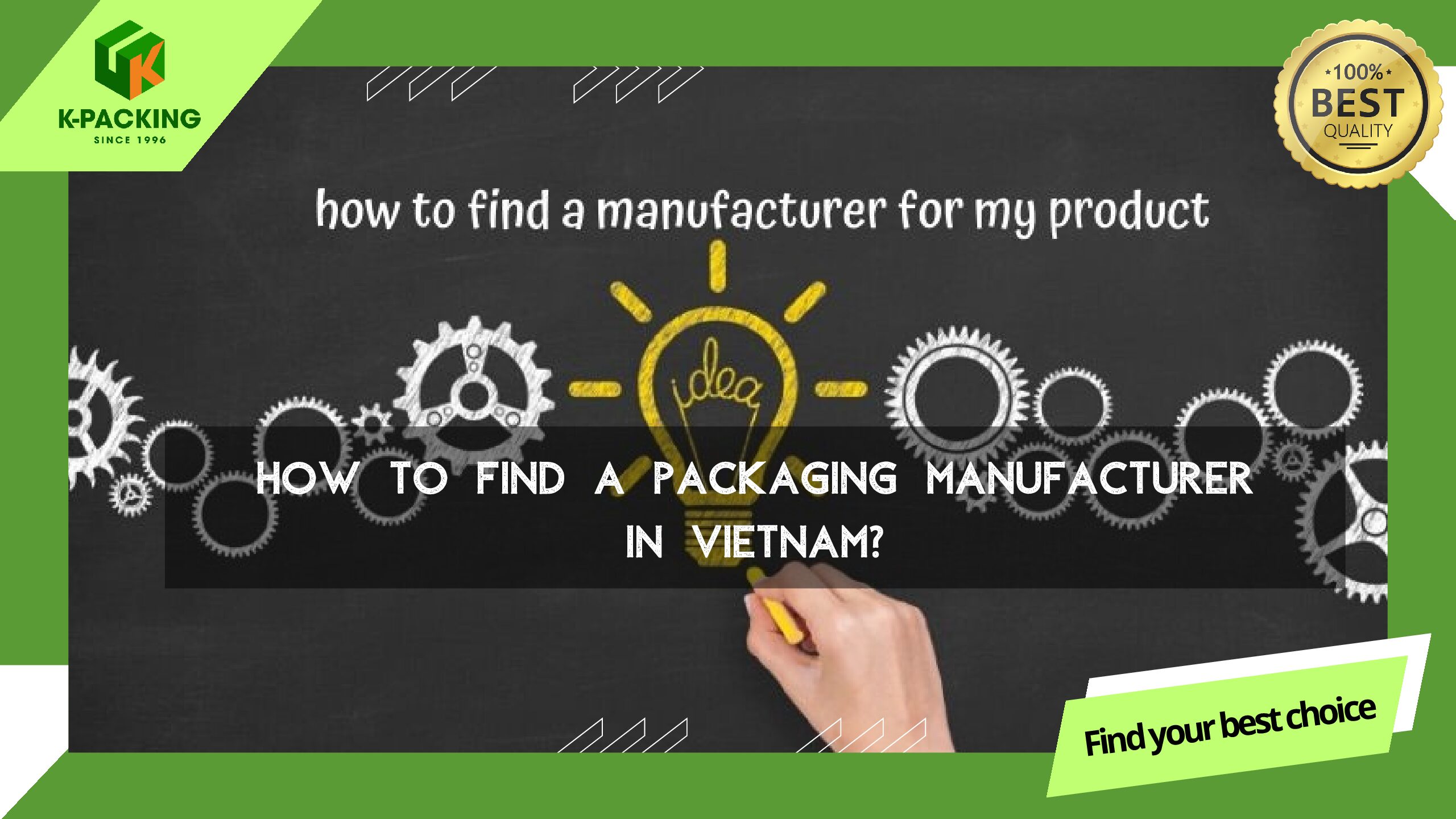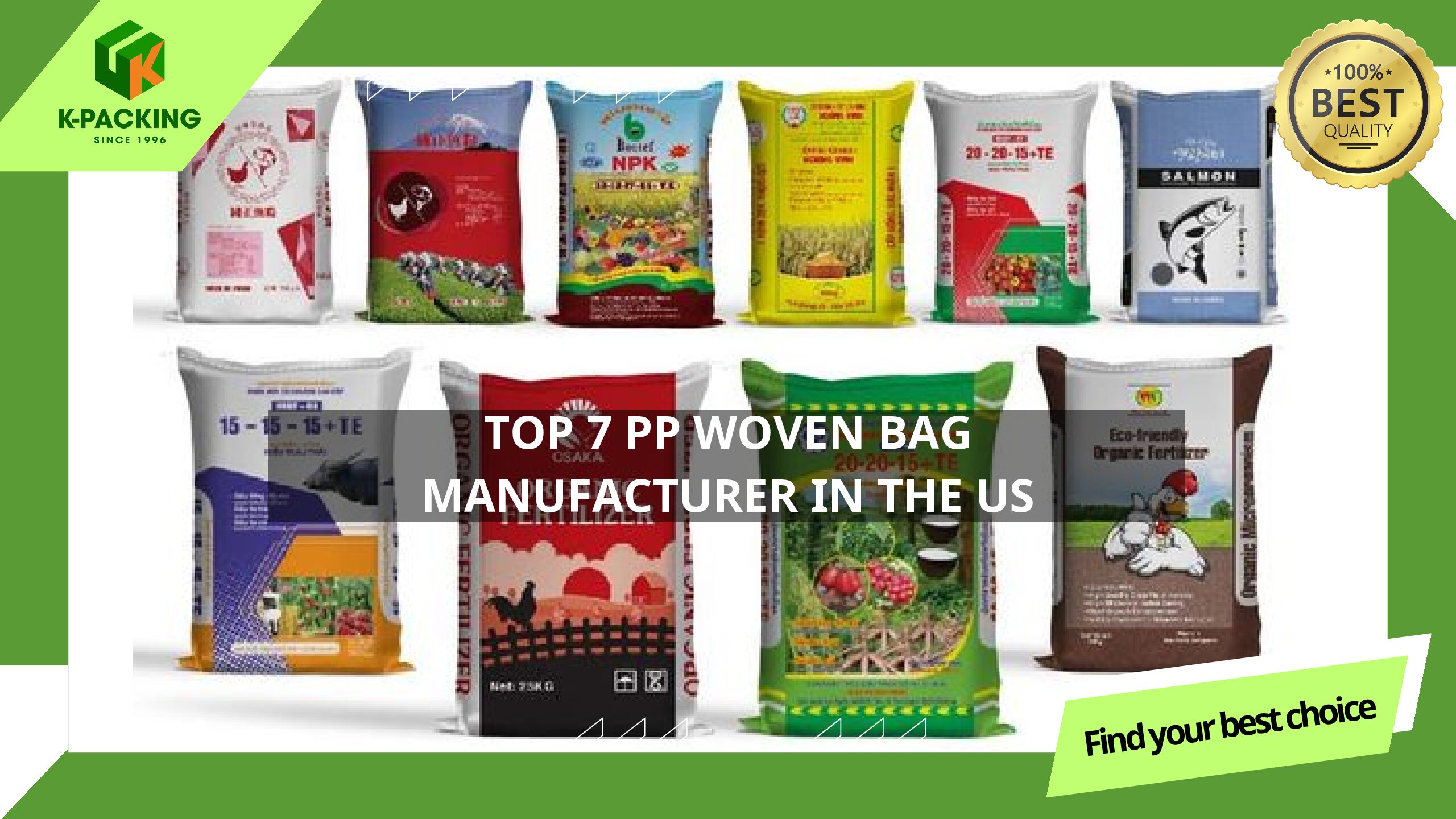In today’s competitive market, leading brands have turned something as simple as a gift bag into a strategic marketing tool that strengthens brand visibility, enhances customer experience, and drives loyalty. From retail chains to hotels and healthcare providers, gift bags prove that meaningful physical touchpoints can create lasting emotional and financial returns.
Let’s take a closer look at how different industries use gift bags to connect with customers, enhance their brand image, and turn small gestures into powerful marketing results.
1. How top brands use Gift Bags to win customers
Gift bags may seem simple, but their impact reaches across industries. From product packaging to customer engagement, they’ve become a subtle yet effective marketing channel. The following examples show how leading brands are turning ordinary bags into powerful tools for brand growth and loyalty:
1. Retail
In the retail sector, gift bags have evolved from mere packaging into a branding powerhouse. A well-designed, logo-printed bag allows every customer to act as a walking advertisement – each reuse amplifies visibility at no extra cost.
IKEA’s iconic blue Frakta bag is a perfect example: affordable, durable, and globally recognized. Trader Joe’s takes a different route with its signature paper bags that reflect the brand’s quirky, artisanal charm. Whole Foods once collaborated with designer Anya Hindmarch to launch a limited-edition reusable bag made from recycled materials – it sold out almost instantly and became a collector’s item.
According to PPAI’s 2024 industry report, retail accounts for 19.6% of total U.S. promotional product sales (about $5.3 billion). These branded items generate among the highest recall rates in marketing, with 85% of consumers remembering the advertiser and 83% reporting a more favorable impression of the brand after receiving a promotional gift.
For retailers, that means one thing: gift bags don’t just carry products – they carry brand equity.

2. Hospitality
In hospitality, where first impressions can make or break a guest experience, gift bags have become an elegant way to communicate care and professionalism. A simple welcome bag containing a water bottle, local map, sunscreen, or a spa voucher sets a positive tone the moment a guest arrives.
Beyond check-in, these bags continue to work as mobile branding tools. Guests take them to the pool, the beach, or even back home – extending brand exposure organically and subtly. Many boutique hotels and resorts have reported higher guest satisfaction and repeat booking rates after incorporating branded gift bags into their experience.
Data supports this impact: 85% of consumers develop a positive impression of a brand after receiving a branded item, and 72% recall that brand for up to two years (ASI Global Ad Impressions Study). For hotels and resorts, that translates to long-term loyalty, better reviews, and stronger emotional connection – all sparked by one thoughtful branded gesture.
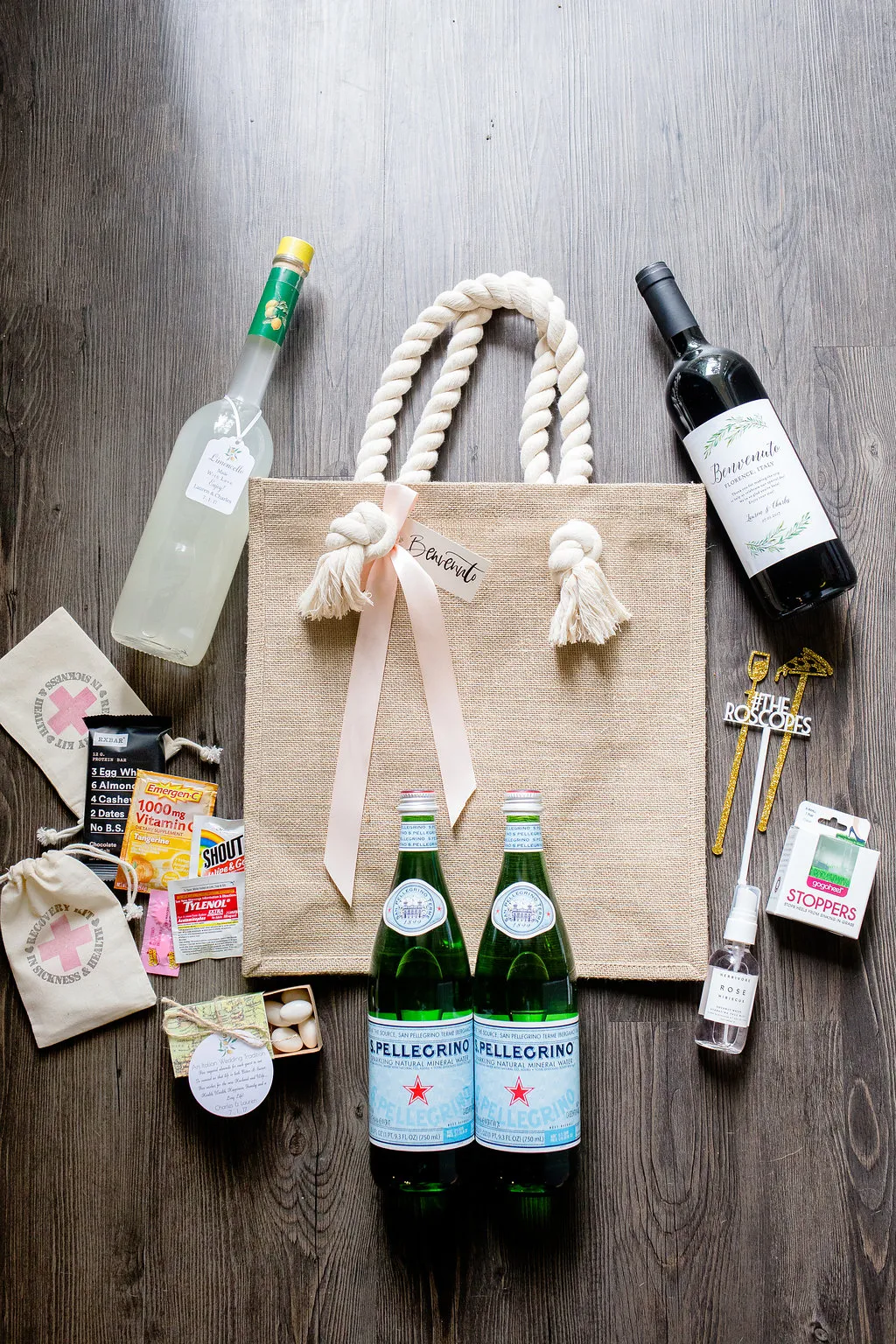
3. Healthcare
In healthcare, trust and empathy are everything. Gift bags offer a small but meaningful way to reinforce those values while improving patient satisfaction. Clinics, hospitals, and pharmaceutical brands often use branded bags to distribute educational brochures, sample products, or post-treatment care kits.
A dental clinic, for instance, might hand patients a gift bag with toothbrushes, toothpaste, and hygiene instructions – a gesture that’s both practical and emotionally reassuring. Beyond the immediate goodwill, it builds brand trust. Research from PPAI found that 83% of recipients feel closer to a company after receiving a branded gift, and are more likely to return or recommend its services.
In a field where personal connection is as vital as expertise, these small tokens can create a big impact -mtransforming an ordinary medical visit into a moment of care and brand trust that lasts well beyond the appointment.
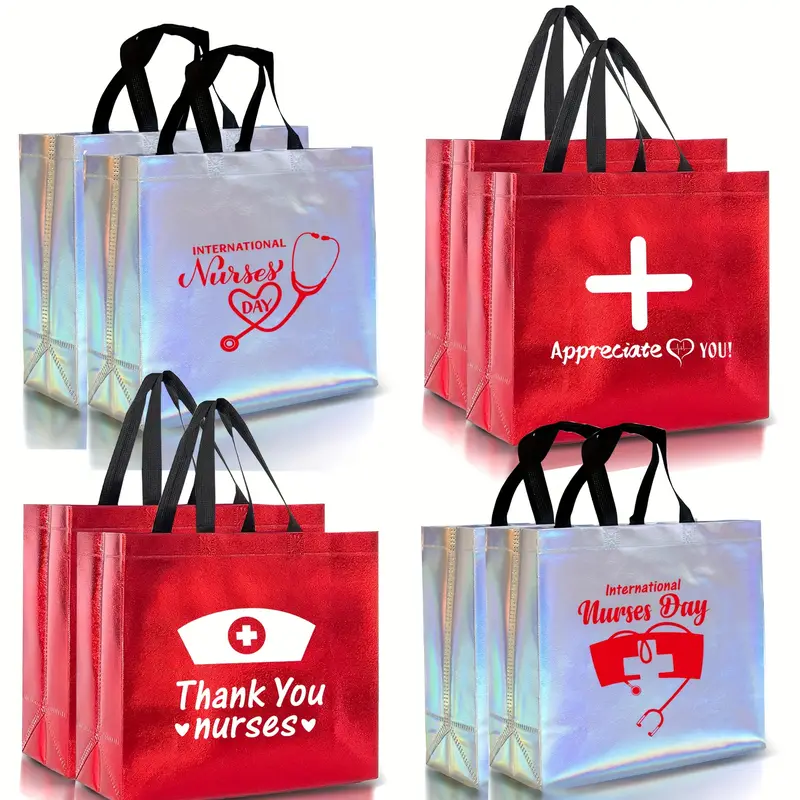
4. Food & beverage (F&B)
In the food and beverage industry, packaging is often the first physical touchpoint that shapes a customer’s perception of quality. Gift bags elevate that moment by transforming ordinary take-away or delivery into a premium experience. For cafés, bakeries, and restaurants, a beautifully designed, branded bag doesn’t just carry the meal – it carries the brand’s promise of care, freshness, and craftsmanship.
Well-known chains such as Starbucks and Pret A Manger use high-quality, eco-friendly paper bags that reflect their sustainability values, while independent patisseries turn minimalist packaging into a mark of exclusivity. Beyond aesthetics, branded bags also enhance the unboxing experience for customers, encouraging photo-sharing and word-of-mouth promotion – especially in social-media-driven dining cultures.
Gift bags in F&B combine practicality and storytelling. They protect food presentation during transport, keep items secure and clean, and create a sense of consistency across multiple touchpoints. In short, they turn a simple purchase into an experience customers want to remember and repeat.
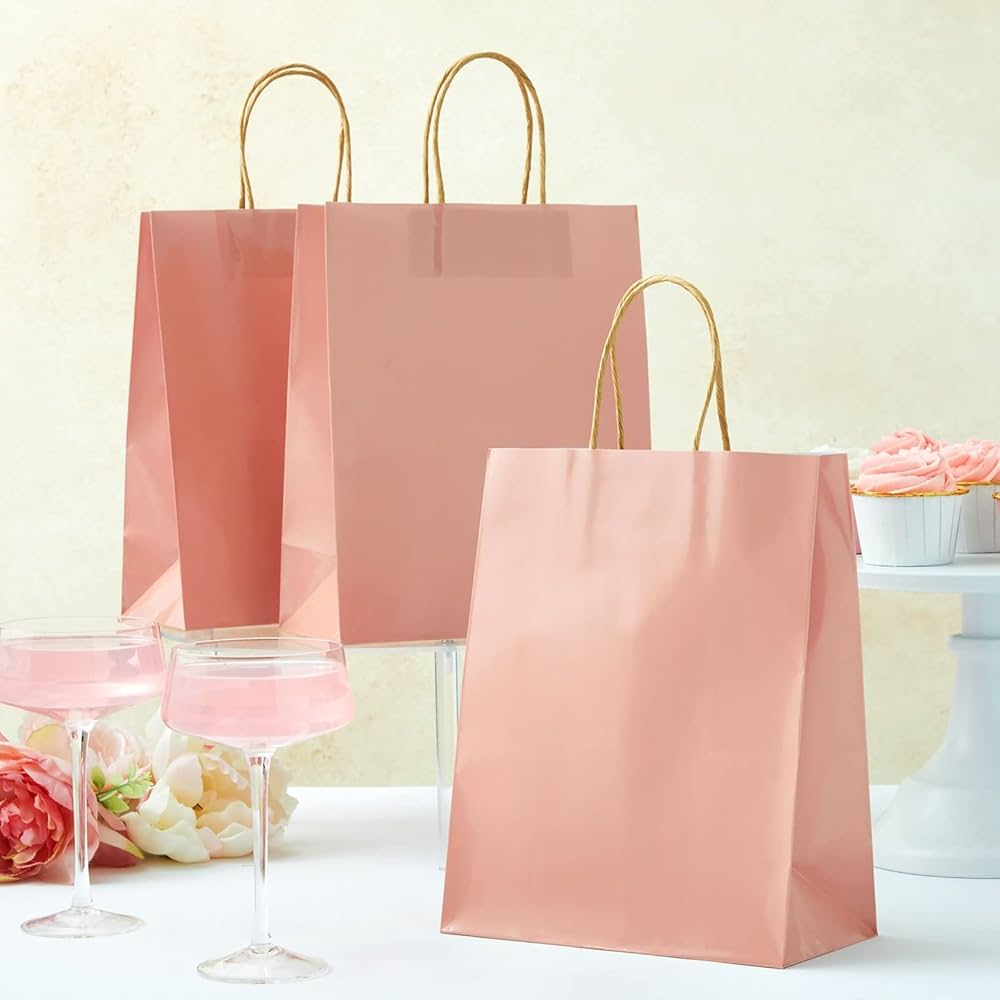
5. Corporate & events
In the corporate world, branded gift bags have become an essential tool for reputation building and relationship marketing. Whether used at trade shows, product launches, or internal events, a thoughtfully curated bag filled with useful branded items – like notebooks, pens, or tech accessories – leaves a tangible, lasting impression long after the event ends.
Tech leaders like Google and Apple are prime examples: their branded conference bags, designed with minimalist aesthetics and filled with relevant merchandise, reinforce the brand’s professionalism while giving attendees a memorable keepsake. Such bags do more than hold event materials they turn every attendee into a post-event ambassador who remembers the brand not for what it said, but for what it gave.
According to the Advertising Specialty Institute (ASI), promotional items consistently outperform most other advertising channels in both recall and brand favorability. 85% of consumers remember the advertiser who gave them a branded item, and 83% report feeling more positive toward the company afterward. For event marketers, that means a well-designed gift bag isn’t an expense – it’s a conversation starter, a memory trigger, and a cost-effective way to extend brand presence far beyond the venue.
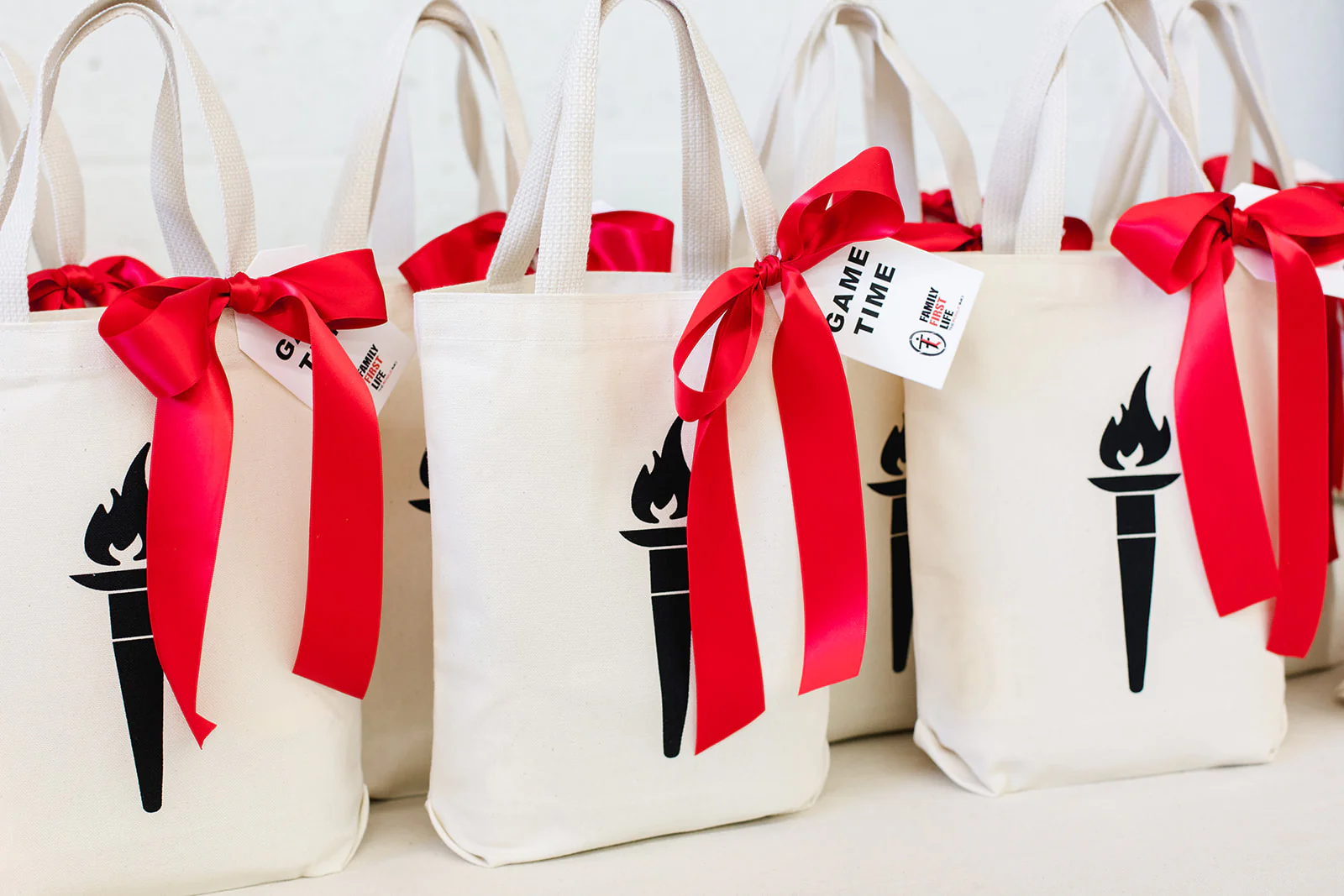
Why your business should start using Gift Bags?
Gift bags are more than just packaging. They are a simple yet effective way to make your brand memorable. When designed with care, a branded bag extends your reach every time it is used, turning an everyday item into a lasting reminder of your business.
Across industries, the results speak for themselves. In retail, gift bags boost visibility and elevate the shopping experience. In hospitality, they create memorable first impressions. In healthcare, they build trust and comfort. In F&B, they enhance presentation and add emotional value. In corporate events, they help brands stay connected with their audience long after the event ends.
For businesses, gift bags are a cost-effective way to build recognition and loyalty. Unlike digital ads that fade quickly, a quality bag continues to promote your brand in the real world, silently reinforcing who you are every time it’s seen.
Above all, gift bags express appreciation. They show that your brand values its customers and cares about every interaction. That feeling of thoughtfulness is what turns one-time buyers into loyal advocates and makes your brand truly unforgettable.
Conclusion
Gift bags have proven their value far beyond simple packaging. Across industries, they help brands communicate care, professionalism, and creativity in ways that digital channels alone cannot.
From retail to hospitality, healthcare, F&B, and corporate events, every example shows that the smallest gesture – a thoughtfully designed bag – can leave the strongest impression. It’s a reminder that in today’s fast-moving world, brands that connect through meaningful, tangible experiences are the ones that customers remember.
